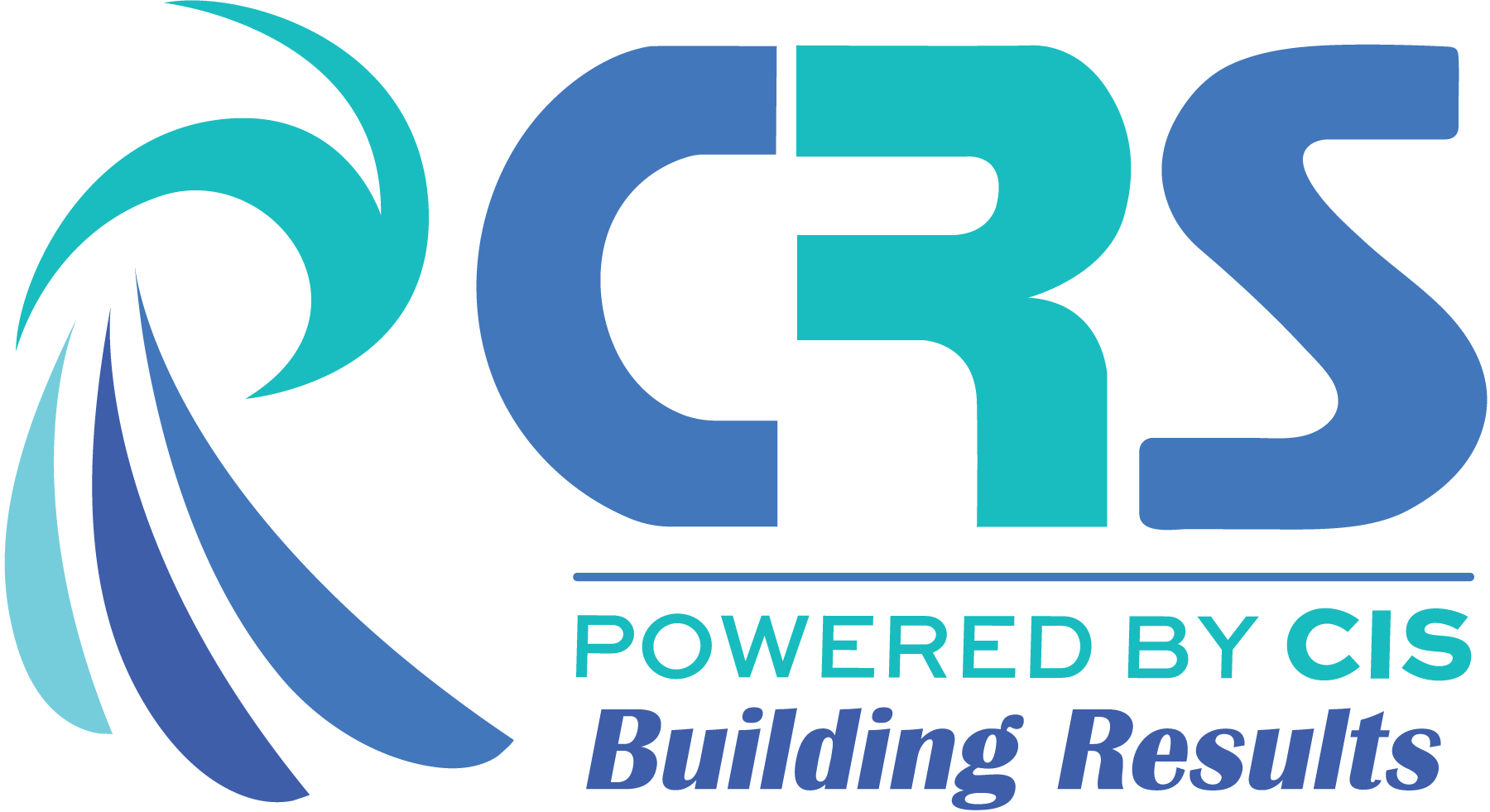Introduction
Insurance is a crucial aspect of safeguarding your business against unforeseen risks and liabilities. However, managing multiple insurance policies across various aspects of your operations can sometimes lead to overlooked gaps in coverage. It’s essential to understand these potential pitfalls and take proactive measures to ensure comprehensive protection for your business.
Identifying Coverage Gaps
When it comes to insurance, having multiple individuals handling different aspects of your coverage can inadvertently create gaps. For instance, while one person may focus on employee liability insurance, another might be tasked with reviewing general liability coverage. This disjointed approach can result in overlooked areas where additional protection may be necessary.
The Need for Umbrella Insurance
One critical consideration often overlooked is the necessity of umbrella insurance. Even if your general liability policy appears sufficient, adding an umbrella policy can provide an extra layer of protection, especially in cases where claims exceed the limits of your primary coverage. However, it’s crucial to ensure that your umbrella policy adequately extends coverage across all relevant areas, including workers’ compensation, liability, and commercial auto insurance.
Assessing Comprehensive Coverage
To mitigate gaps in coverage effectively, it’s essential to conduct a thorough assessment of all insurance policies in your portfolio. This assessment should include a review of each policy’s terms, limits, and exclusions to identify areas where coverage may be lacking. For example, while your workers’ compensation policy may be comprehensive, it’s essential to ascertain whether it adequately addresses liability concerns arising from third-party injuries.
Implementing Proactive Solutions
Once gaps in coverage have been identified, the next step is to implement proactive solutions to address them. This may involve revising existing policies, purchasing additional coverage where necessary, or restructuring your insurance portfolio to ensure comprehensive protection. By taking a proactive approach to managing your insurance portfolio, you can minimize the risk of costly liabilities and unexpected expenses down the line.
Ensuring Adequate Pricing
In addition to ensuring comprehensive coverage, it’s also important to review the pricing of your insurance policies regularly. While it’s tempting to focus solely on obtaining the lowest premiums, it’s crucial to strike a balance between cost and coverage. Working with an experienced insurance advisor can help you navigate pricing considerations while ensuring that you maintain adequate protection for your business.
Conclusion
Managing multiple insurance policies across different areas of your business can be complex, but it’s essential to address potential gaps in coverage proactively. By conducting a comprehensive assessment of your insurance portfolio, implementing proactive solutions, and ensuring adequate pricing, you can safeguard your business against unforeseen risks and liabilities effectively. Remember, when it comes to insurance, thoroughness is key to ensuring peace of mind and protecting your business’s financial future.

